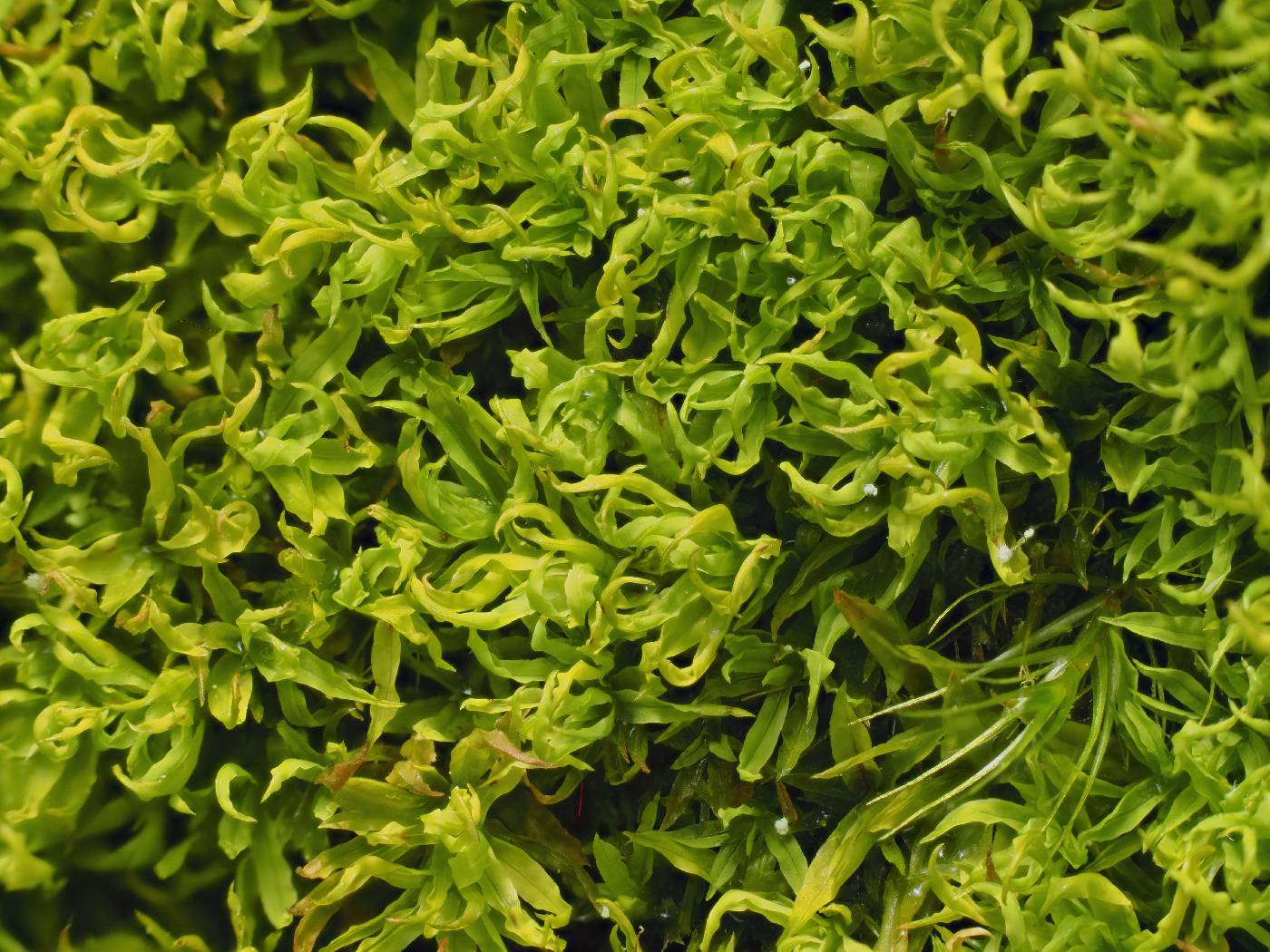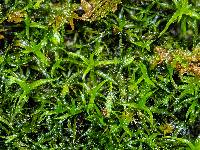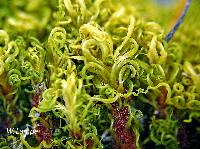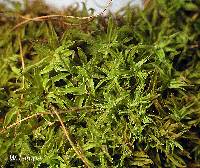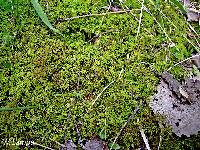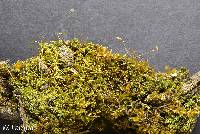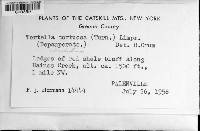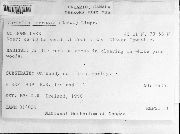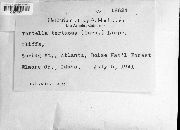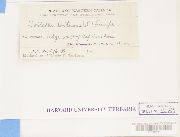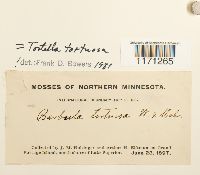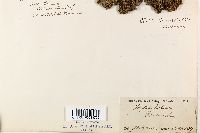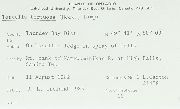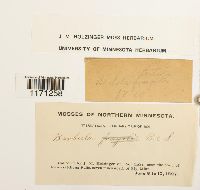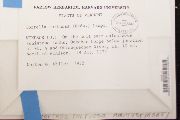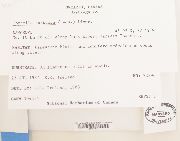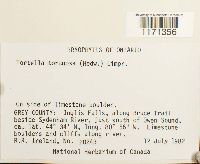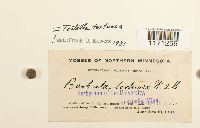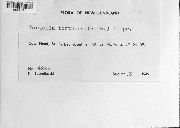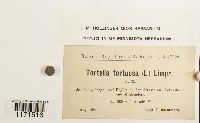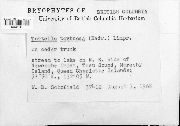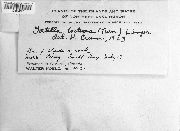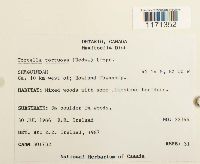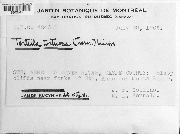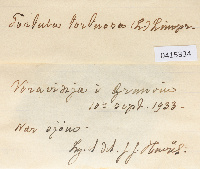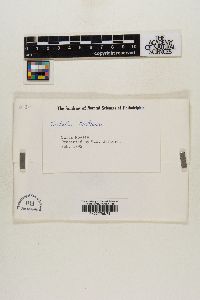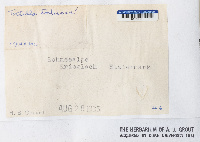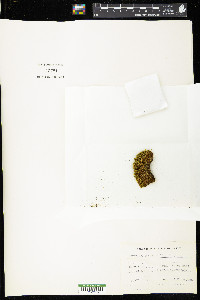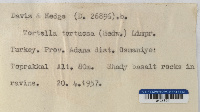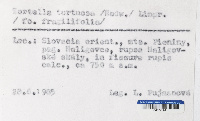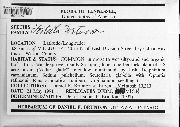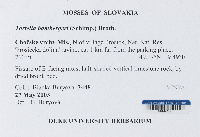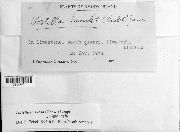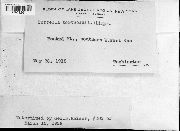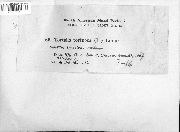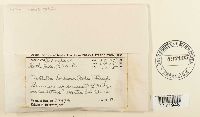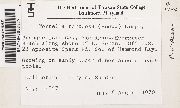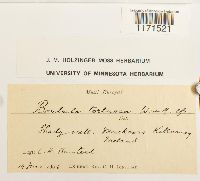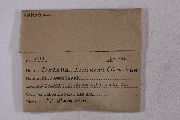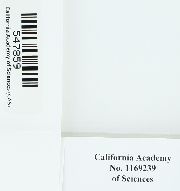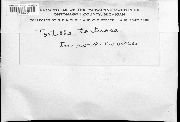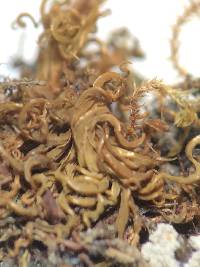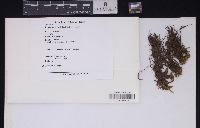
Consortium of Bryophyte Herbaria
- building a Consortium of Bryophytes and Lichens as keystones of cryptobiotic communities -
|
|
|
|
Family: Pottiaceae
tortured tortella moss
[Barbula brotheri (Lindb. ex Broth.) Paris, moreBarbula subtortuosa Müll. Hal., Barbula tortuosa (Hedw.) F. Weber & D. Mohr, Barbula tortuosa var. fragilifolia Jur., Barbula tortuosa var. incrassata (Brid.) Brid., Bryum tortuosum (Schrad. ex Hedw.) With., Mollia bambergeri (Schimp.) Braithw., Mollia brotheri Lindb. ex Broth., Mollia thrausta Stirt., Mollia tortuosa (Schrad. ex Hedw.) Schrank ex Lindb., Mollia tortuosa var. fragilifolia (Jur.) Braithw., Tortella bambergeri (Schimp.) Broth., Tortella brotheri (Lindb. ex Broth.) Broth., Tortella fleischeri (E. Bauer) J.J. Amann, Tortella fragilifolia (Jur.) G. Roth, Tortella spinidens (G. Roth ex Zodda) Levier & G. Roth, Tortella tortuosa f. spinidens (G. Roth ex Zodda) E. Bauer, Tortella tortuosa var. bambergeri (Schimp.) Düll, Tortella tortuosa var. fleischeri (E. Bauer) Latzel, Tortella tortuosa var. fragilifolia (Jur.) Limpr., Tortella tortuosa var. spinidens G. Roth ex Zodda, Tortella tortuosa var. tortuosa var. tortuosa, Tortella undulatifolia Dixon, Tortula incrassata Brid., Tortula tortuosa Schrad. ex Hedw., Trichostomum bambergeri Schimp., Trichostomum fleischeri E. Bauer, Trichostomum sitkanum Cardot & Thér., Trichostomum tortuosum (Hedw.) Dixon, Trichostomum tortuosum var. fragilifolium (Jur.) Dixon] |
Plants green or yellow-green, appearing brown proximally, loosely foliose, some leaf bases exposed, only slightly comose at stem apex. Stems conspicuously tomentose. Leaves in loose, simple spirals or once circinate when dry, appearing firm or rigid, often fragile and erose, leaf tips often absent; inconspicuously undulate, especially when dry, fragile or not, erect- to erect-spreading when wet; undulate or plane; proximal laminal cells thin-walled and hyaline, sharply differentiated in shape and size from the papillose distal cells, which are papillose in the area of contact; leaves keeled in section, costa in apical region exposed adaxially by up to two stereid cells in width or completely covered with an adaxial epidermis of quadrate papillose cells; leaf cross section with 2-stratose areas beside the costa, the lamina irregularly 2-stratose in patches, lamina tattered, costa occasionally appearing undifferentiated in apical region of the leaf, adaxial stereid layer occasionally disappearing toward the apex, epidermal layer may be continuous throughout the leaf length. Soapstone quarry, limestone pavement; moderate elevations; low to high elevations; Alta., B.C., Que.; Alaska, Calif., Mich., N.Y., Vt., Wash.; Europe. Variety fragilifolia is characterized by extremely fragile leaf apices that may be all absent, leaf cross-section irregularities (2-stratose areas juxtacostally), relatively broad leaves that are rather shortly mucronate with quadrate cells on the adaxial surface of the costa extending to the leaf apex. The adaxial stereid band disappears distally, but the adaxial epidermal layer remains intact, an unusual characteristic for species of the genus. Although the stem in section appears rather larger than is typical for the var. tortuosa, a distinctive central strand is rarely present. The stems usually have a dense rufous tomentum. The leaves differ by being little or not undulate or crisped when dry, but may be undulate when wet; they are usually only once circinate and without the delicate appearance of the typical variety. The leaves, within the range of variation of the species, tend to be somewhat shorter and broadly lanceolate in the proximal two-thirds (not setaceous), and the laminae can seem to deteriorate and appear fragile; yet they may also be extremely long and narrow (setaceous), especially in western North American populations. The variety is easily confused with Tortella fragilis, having a setaceous, deciduous (but nonpropaguloid) apex. While some leaves have the typical long, glossy mucro of var. tortuosa, in others the mucro is just a small tip surmounting what appears to be a prolongation of the leaf apex into a canaliculate extension, this frequently broken. Infrequently some apices have a solid and circular form which, like a finger, together with a vague border of cells free of papillae, show a striking affinity with T. fragilis. That the abaxial surface of the costa in the apical portion of the leaf is often roughened with low papillae is also indicative of the propaguloid modifications of T. fragilis, as is the tendency toward undifferentiated cells in the costa in the apical region. The laminal cells in the distal half of the leaf can become very small and obscure: 5-7 µm on average with transversely flattened marginal cells. The laminal cells may also be very large, reaching 17 µm. The leaf cross section also frequently resembles a smaller celled version of Tortella rigens: small marginal cells grading into larger ones beside the costa, there being a bi-to multi-stratose area juxtacostally. This variety has been confused with the excluded European species Tortella nitida; see discussion thereunder for differences.
Plants green or yellow-green, appearing brown proximally, loosely foliose, some leaf bases exposed, only slightly comose at stem apex. Stems conspicuously tomentose. Leaves in tight, complex spirals when dry, appearing soft or lax throughout the stem length, not fragile or erose, leaf tips nearly all present; conspicuously undulate, fragile or not, erect- to erect-spreading when wet; undulate or plane; proximal laminal cells thin-walled and hyaline, sharply differentiated in shape and size from the papillose distal cells, which are papillose in the area of contact; leaves keeled in section, costa in apical region exposed adaxially by up to two stereid cells in width or completely covered with an adaxial epidermis of quadrate papillose cells; leaf cross section in one layer beside the costa, the lamina uniformly 1-stratose, lamina intact, the costa always differentiated into guide cells, stereids and epidermal cells, adaxial stereid layer never disappearing toward the apex, adaxial epidermal layer typically absent apically in a medial groove to two stereid cells in width. Capsules mature late spring-summer (Jun-Aug). Calcareous regions, exposed or forest-shaded rock crevices, boulders, ledges of mountains or low, peaty soil and rotten wood, dry wooded hillsides or wet areas such as Thuja swamps, banks of streams over humus, river margins, northern regions in wet tundra and solifluction lobes; low to high elevations (100-3800 m); Greenland; Alta., B.C., N.B., Nfld. and Labr. (Nfld.), N.W.T., N.S., Nunavut, Ont., Que., Sask., Yukon; Alaska, Calif., Colo., Idaho, Ill., Ind., Iowa, Maine, Mass., Mich., Minn., Mont., Nebr., Nev., N.H., N.Mex., N.Y., N.C., Ohio, Oreg., Pa., S.Dak., Tenn., Tex., Utah, Vt., Va., Wash., Wis., Wyo.; Mexico; Central America (Guatemala); Europe; Asia; n Africa; Atlantic Islands (Iceland). Variety tortuosa is striking in its crisped leaves in spirals when dry, which, together with the strongly undulate margins, is a trait absent in other species in the genus or related genera. The long, multicellular, vitreous awn confluent with the lamina is also distinctive. Only in the case of very depauperate forms is var. tortuosa confused with Tortella fragilis, which has leaves more rigid, more or less erect, not or only slightly contorted when dry and regularly fragile with propaguloid modifications in the leaf apex. Occasional specimens of var. tortuosa have large laminal cells, on average 12 µm wide and attaining 14 µm in individual cells. The leaves never have incurved margins nor are they apically cucullate as in T. inclinata or in the younger leaves of T. rigens. Throughout the range of var. tortuosa occasional puzzling specimens may be found with cell sizes to 14 µm in the distal region of the leaves (Nebraska, Alberta, Arctic specimens). Absence of adaxial epidermal cells on the costa throughout much of the distal portion of the leaf may suggest T. inclinata in the loose sense, but epidermal cells may be found at least in the mid-proximal regions of most leaves. Occasional specimens determined as T. fragilis are richly perichaetiate specimens of T. tortuosa with extremely long perichaetial leaves throughout the stem resembling the subulate propagula at the leaf apices of the former species. The tips of these leaves, however, are not swollen at the distal ends. Variety tortuosa exceptionally has a distinct central strand but this trait is generally absent. Trichostomum tenuirostre, with leaves also spirally twisted when dry, has hyaline proximal cells that extend indistinctly only a short way up the margin by a few cells in width, and the stem is not radiculose. Trichostomum tenuirostre usually has a large and distinct stem central strand, and the apex of the leaf often has low and distant teeth.
Plants: dull, green, yellow-green or yellow-brown distally, brown proximally, becoming reddish at higher latitudes and altitudes, elongate. Stems: 1–6 cm, leaves distantly disposed along the stem with the shining leaf bases usually apparent, central strand nearly always absent, rarely present, sclerodermis moderately developed, 2–3(–4) cells deep, cells of the central cylinder rather thick-walled, stems visibly tomentose with dense red-brown radicles, rarely nearly eradiculose in very small stems. Stem: leaves rather soft, uniform in size, strongly crisped or contorted with spirally curled tips when dry, flexuose- to widespreading when moist, long-lanceolate to linear-lanceolate, broadly to narrowly concave or nearly plane proximally to more or less keeled in the apical region, (2–)3–6.5(–7) mm; base somewhat broader than limb, oblong; margins usually shortly and strongly undulate, evenly crenulate-papillose, gradually subulate-acuminate, apex acumination confluent with the mucro, leaves at the extreme stem apex surmounted by a stout, multicellular mucro; costa excurrent as a long, smooth or denticulate mucro or short awn, usually composed of 5–10 rhomboidal cells, adaxial cells of the costa variable, costa distal to the leaf base to the distal median region covered by an epidermis of quadrate to short-rectangular (2:1) papillose cells, in the distal adaxial region variously with a narrow or broader central groove of exposed, smooth, elongate (8:1) stereid cells, occasionally the groove conspicuous and extensive; proximal laminal cells abruptly differentiated from distal cells, hyaline, laxly thin-walled; distal laminal cells 1-stratose, quadrate, 7–10(–13) µm wide, marginal cells undifferentiated. : Specialized asexual reproduction none except possibly through fragility of the lamina in some populations, or weakness toward the apex. Sexual: condition dioicous, but seldom fruiting; perigoniate plants rare; perigonia apparently few per stem, inner perigonial bracts ovate and abruptly apiculate, scarcely longer than the antheridia, 0.5 mm; perichaetiate plants common; perichaetia numerous on the stem; perichaetial leaves differentiated even in unfertilized perichaetia, slender and erect at the base, long, 5–5.5 mm, somewhat sheathing, distal part, consisting mostly of costa, setaceous-subulate, erect, in fertile plants, stiff and slightly flexuose, distinct and conspicuous above the tightly crisped cauline leaves when dry. Seta: 0.9–2.7(–3.5) cm. Capsule: 1.5–3.3 mm; annulus not vesiculose; operculum 1.5–2 mm; peristome teeth long and spirally wound 2 or 3 times, 1.1–1.4 mm. North America, Mexico, Central America, Europe, Asia, n Africa, Atlantic Islands (Iceland). Varieties ca. 20 (3 in the flora). |
|
|
|
Powered by Symbiota.

